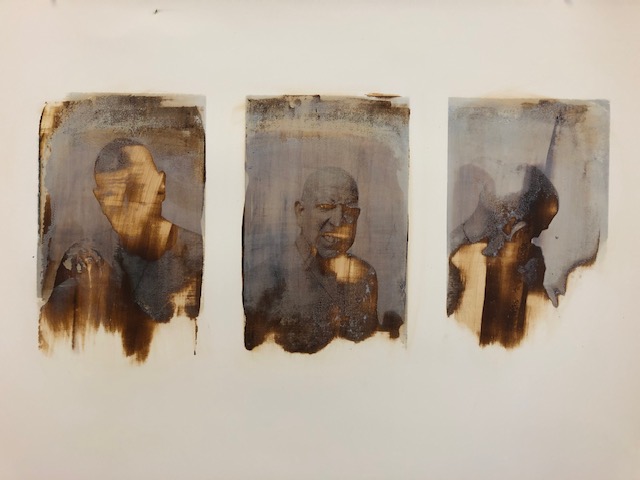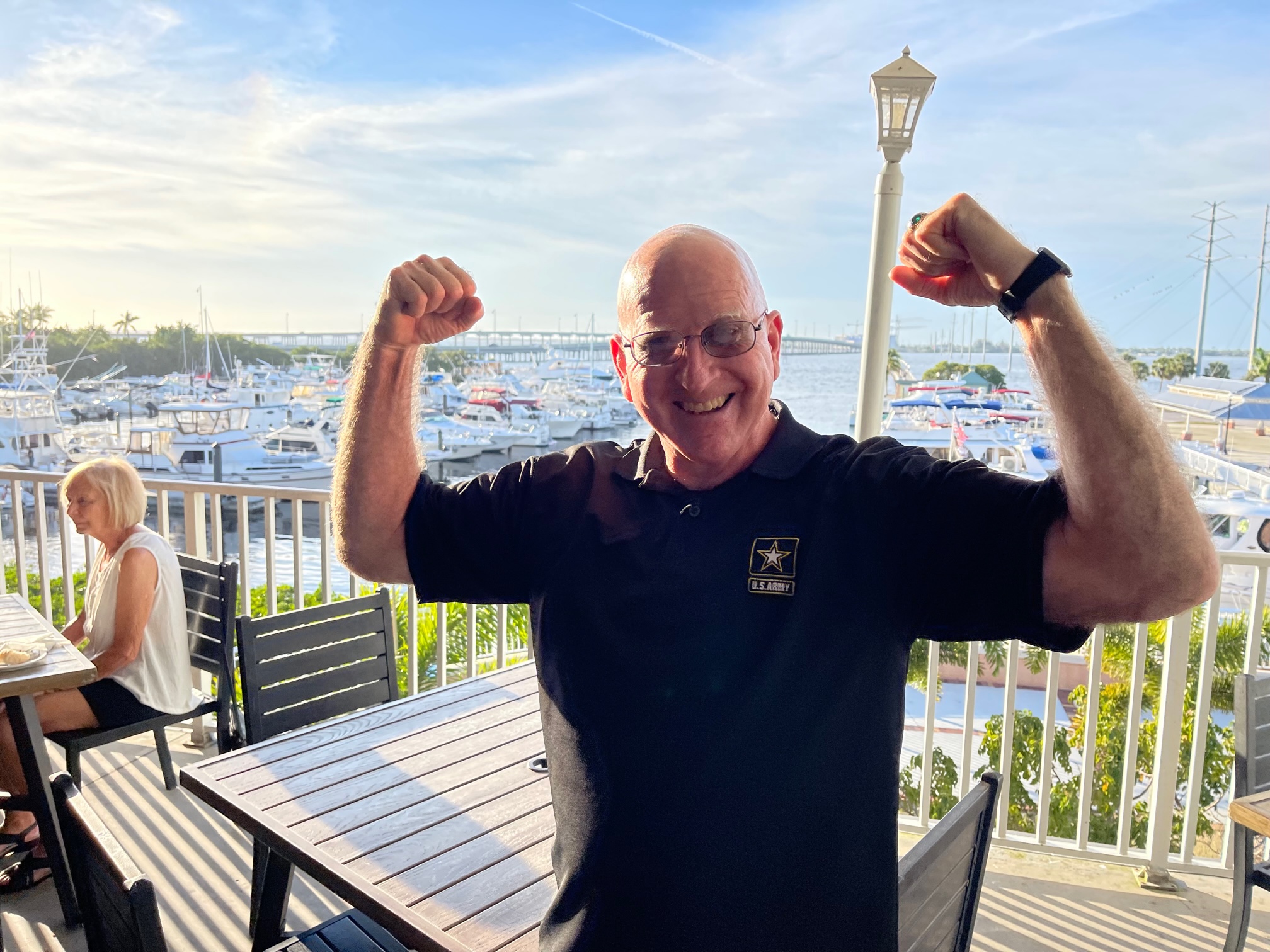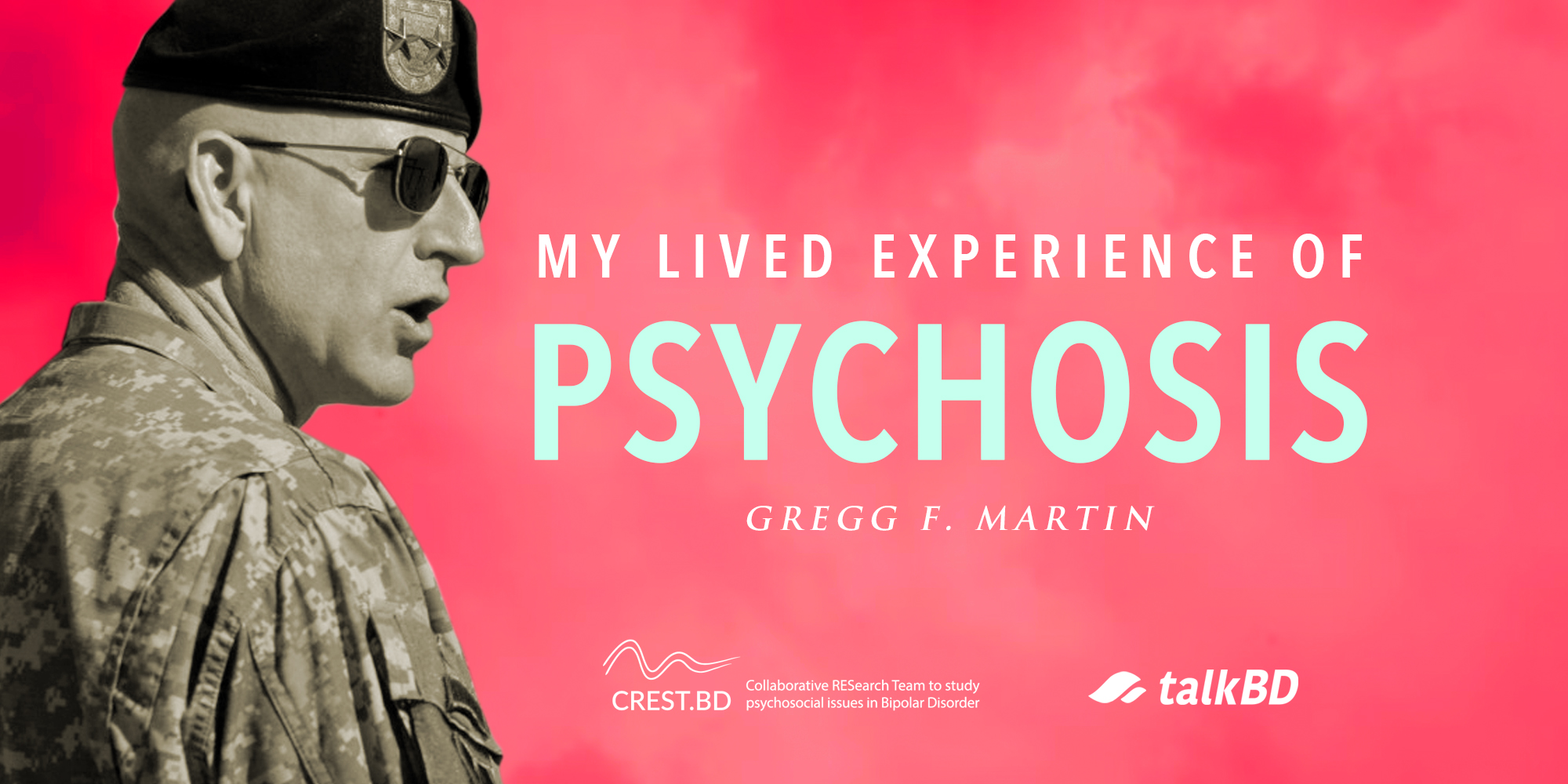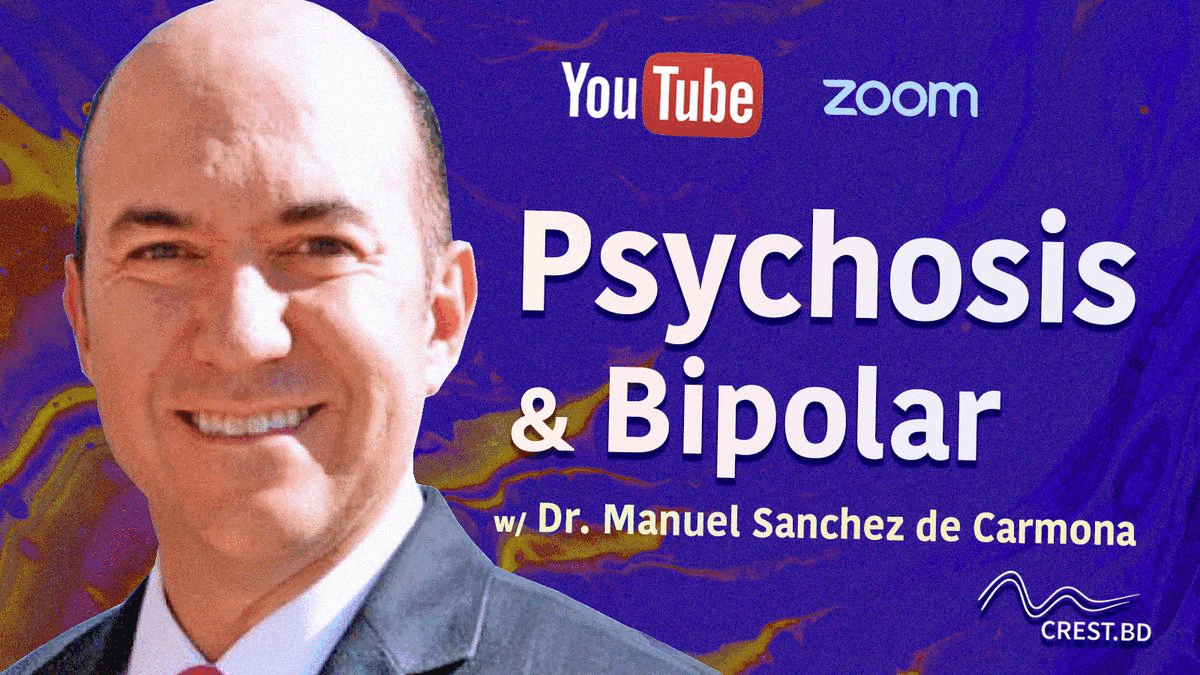I have lived with bipolar disorder (BD) type I, with psychotic features, for twenty years, and hyperthymia—a condition where an individual stays in a near continuous state of mild mania—for 30 years prior to that. So, I have been on the bipolar spectrum for 50 years. Although more than 50 percent of those living with bipolar disorder experience psychosis, this feature receives little attention.
Hyperthymia benefited me enormously, as did the early stages of BD, which started out as high performing, before evolving into full-blown, dysfunctional mania, then crippling depression with terrifying psychosis.
My first psychotic episode was in 1979 when I was a 23-year-old student at Army Ranger School, an incredibly grueling and challenging adventure. Food and sleep deprived, I was climbing a steep, snow-covered trail in the mountains of northern Georgia when I felt myself rise up and out of my physical body and hover above myself as I trudged upwards through the snow and ice. As I floated along, above the column of men, I saw a large bubble just above my real head that was carrying a steaming hot plate of spaghetti and meatballs with garlic toast. I could smell and taste the delicious food until the column halted and I went back into my physical body. I was later told that this type of experience was not unusual at Ranger School, where the extreme stress, hunger, and exhaustion often caused hallucinations.

24 years later, my psychosis began again with BD onset in 2003, during combat in Iraq. It developed slowly and mildly at first, paranoia, then delusions, then hallucinations, all growing increasingly stronger over time.
I felt like I was Superman, and was increasingly hyper-grandiose and religious during mania, and my psychosis was terrifying and crippling during depression.
Doctors and therapists didn’t help: “You’re a smart guy, you must know these thoughts aren’t real…” and, “I don’t do legal, get a lawyer.” Anti-psychotic medications had no effect, except to make me groggy.
I had increasingly frequent and intensifying visions and passive ideations of death: an invisible force throwing me under an 18-wheeler or steering my car into an oncoming truck; being beaten, tortured, and murdered in jail; wanting to die, and believing that would be the best thing for my wife, family, and the world.
Hallucinations included: PTSD flashbacks to Iraq – seeing, hearing, smelling, and feeling that I was back on the battlefield; seeing the faces of my bureaucratic work opponents morph into rats and snakes; I felt and saw myself as superman; as the modern day Apostle Paul – who was the early builder of the Christian faith – within the US military; and as the creator of the Global Security University, the ultimate key to world peace, and the smartest man alive. They also included intense and ever-evolving flights of ideas; bike riding in DC and elevating off the ground, flying over and through the monuments; seeing the Holy Spirit descend numerous times; witnessing God’s protective hands descend over my home; crosses, crucifixes, and Bibles guarding the windows and doors of my house against the attacks of devils and demons; speaking, singing and praying in tongues. I also experienced a powerful boa constrictor that slithered out of the woods each morning and crushed the life out of me, leaving me exhausted, unable to function and in utter despair and more.

The terrifying paranoid delusion that someone was plotting against me, and that I would be arrested, imprisoned, murdered, and die – gurgling – in a pool of my own blood, finally broke when my son Conor insisted that I directly confront the suspected individuals. I did so on multiple occasions and in different ways, ultimately coming to believe there was no conspiracy. Poof – that delusion lifted, and I soared into intense, euphoric mania, only to be followed by another crash into crippling depression, minus that particular delusion.
After starting lithium in September 2016, my depression lifted within a week, and there has been no return to depression or mania. However, delusions and hallucinations of the invisible force steering my car into head-on crashes with 18-wheelers, flipping my car off of bridges, or throwing me off of high elevations to my death, occur occasionally.
I’m much better than I was but have still had two incidents of troubling and even crippling psychosis since September 2016. My psychiatrist and therapist have been helpful in dealing with it.
Treatment has included many medications and types of therapy, weeks of inpatient treatment, electroconvulsive therapy (shock treatment), and a permanent move to warm, bright, sunny Florida. Lamictal, lurasidone, and ultimately the wonder of nature, lithium, have been key to restoring and maintaining proper brain biochemical balance. In addition, therapy and healthful living (proper diet, exercise, sleep, low stress, and the like) contribute to my stability and quality of life. All of these components are anchored into the social platform of the 5P’s: People (I surround myself with happy, fun, interesting people); Place (I live in a safe, energizing place); Purpose (I live for a clear, inspiring mission, serving a cause greater than self); Perseverance (I infuse myself with the will to win, and to never quit); Presence (I work to get outside of my own head, and practice meta-cognition— by thinking about my own thinking—which is often wrong.) Implementing this comprehensive strategy, and working with my care team, family, and friends, I have forged a recovery that’s built to last, and I’m now seven years into my journey of recovery.

About the Author: Gregg Martin
Gregg F. Martin, PhD, is a 36-year Army combat veteran, bipolar survivor and thriver, and retired two-star general. A former president of the National Defense University, he has lived fifty years on the Bipolar Spectrum and is a qualified Airborne-Ranger-Engineer and strategist, who holds degrees from West Point and MIT. An author, speaker, and mental health advocate, he lives with his wife in Cocoa Beach, Florida. His forthcoming book, “Bipolar General: My Forever War with Mental Illness”, is available on Amazon, and is being published by the US Naval Institute Press, and endorsed by the Association of the US Army. For more information, visit www.generalgreggmartin.com





Leave a Reply